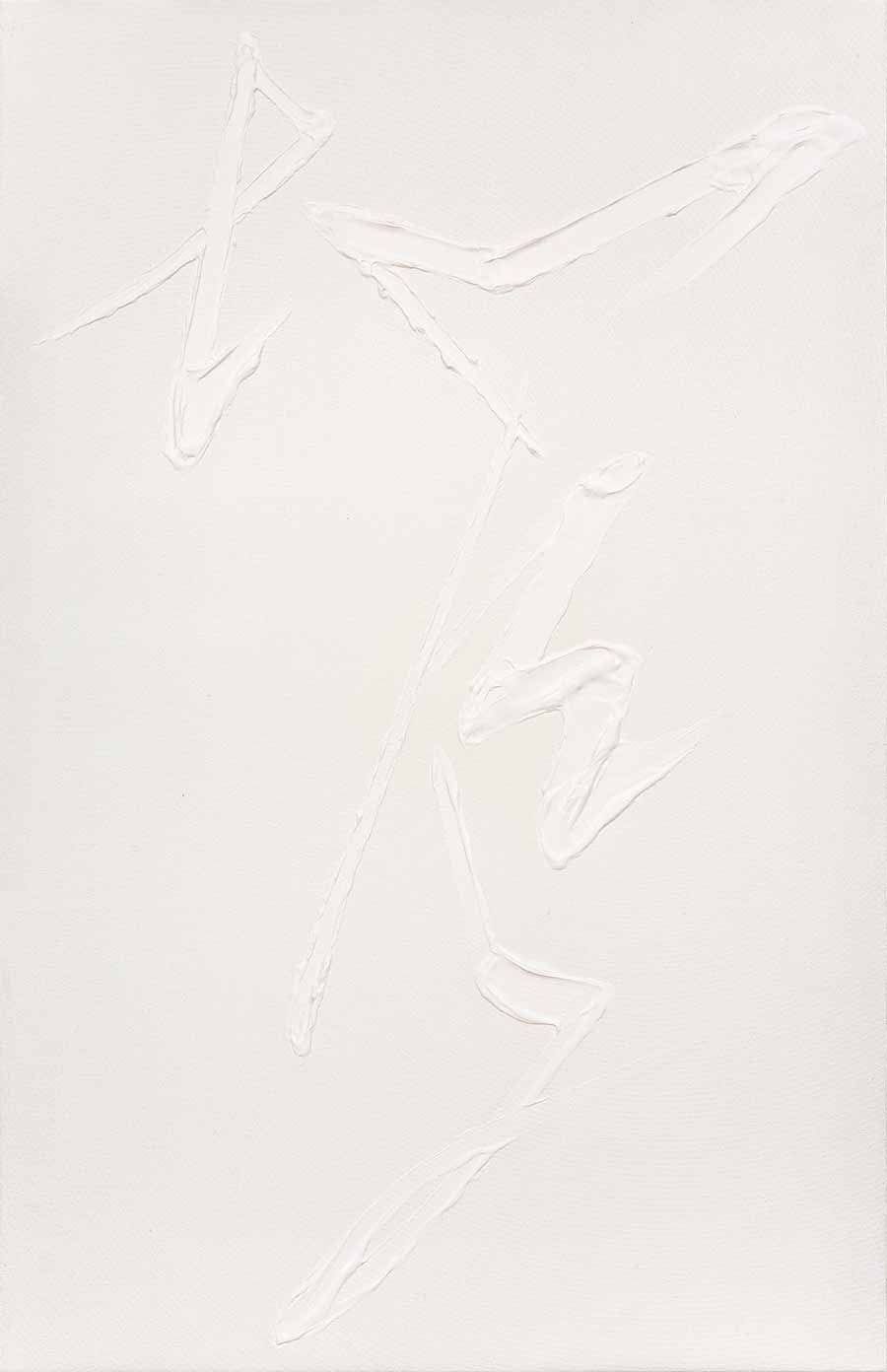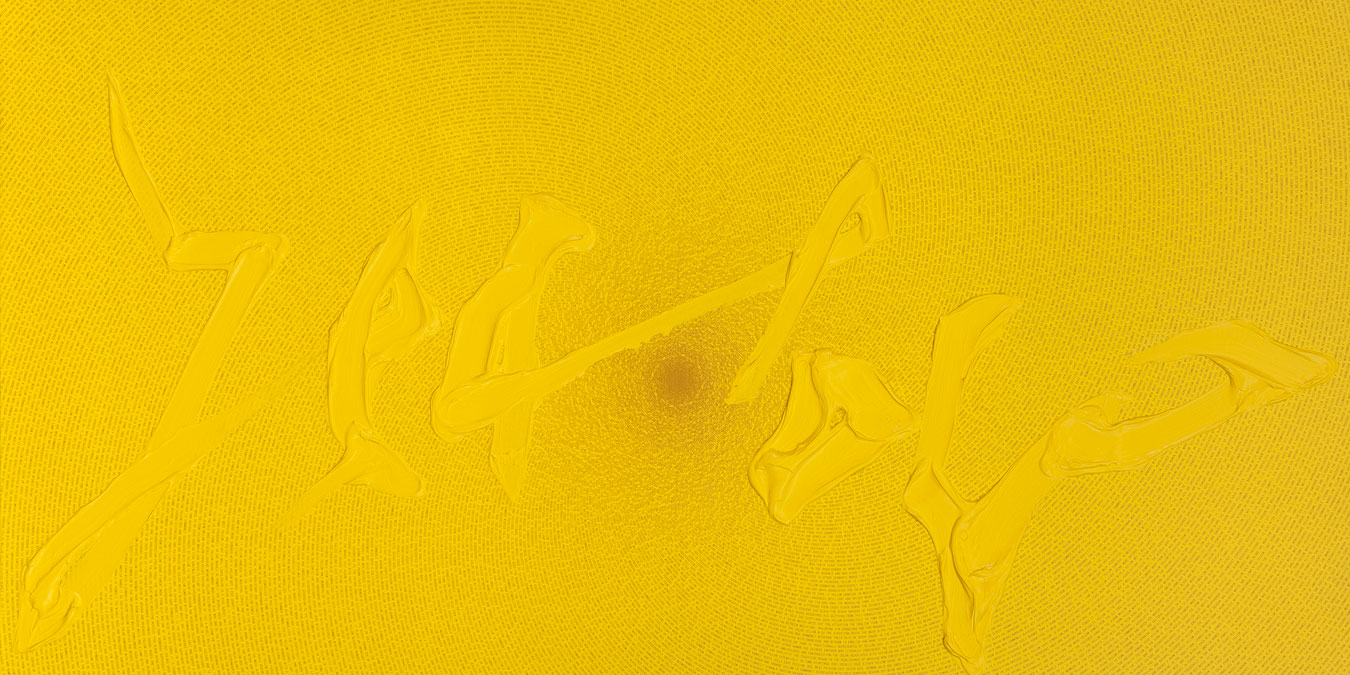TIAN WEI


October Gallery is proud to present an exhibition of new works by the Chinese artist, Tian Wei. This will be his premiere solo exhibition in the United Kingdom.
Tian Wei was born in Xi’an, the first imperial capital of China, and original starting point of the Silk Road, which played a seminal role in linking East and West together in a complex network of trade and reciprocal exchange. Steeped in the histories of Chinese cultures, Xi’an is rich in museums, including the famous Beilin Museum, whose ‘Stele Forest’ represents the most important repository of Chinese calligraphy in existence. Tian Wei left China for Hawaii, in 1986, to pursue a career in the arts. Upon completing his MFA in Hawaii, 1990, he subsequently settled in California. After years of travelling back and forth between America and China, he has been based in Beijing since 2011.
Both theoretically and formally, Tian Wei’s work constructs a bridge between things that appear as dyadic opposites, binary poles or complementary pairs. This perspective of Yin and Yang is deeply embedded in Chinese thinking, and the artist’s frequent reference to Classic texts such as the I Ching (The Book of Changes) and Tao Te Ching appear as quotations in minute script patterning the background upon which larger semi-abstract cursive shapes are drawn. On trying to read these lines as Chinese characters, however, anyone familiar with Chinese poetry, painting or philosophy is bound to be frustrated, since the conundrum of interpreting the meaning of the flowing shapes can only be resolved in English. The lines, in fact, spell out simple English nouns, adjectives and phrases such as ‘Myth’,‘Red’ and ‘Money Makes the World Go Round.’ These carefully chosen words give the viewer access to the artist’s lived experience of both Eastern and Western spheres. In one of these large-scale works, the word ‘Sex’ stands out as bright red gestural daubs, on a canvas of the same colour, its thick impasto brush strokes layering the surface with tiny shadows. Drawn with great freedom, the brush strokes are sharp yet sinuous and though enigmatic, the lettering is ultimately comprehensible to any viewer who reads English.
The separation between English and Chinese aesthetics deepens into hermeneutics which quickly spirals out to include much larger universal questions about reality, Life: Death, Being: Absence etc. To the Chinese way of thinking, this inevitably returns us to the concept of Tai Chi – the Great Universal level that includes both Yin and Yang and indeed contains everything that exists. In talking about his work Tian Wei has described the‘perspective of looking at two sides of a coin at the same time. What fascinates me most is that there can always be a switching – perhaps even a continuity - between both sides.’Tian Wei’s artistic vision is not one that divides or separates the East from the West but one that integrates both, and for this reason it is both timely – and timeless.










